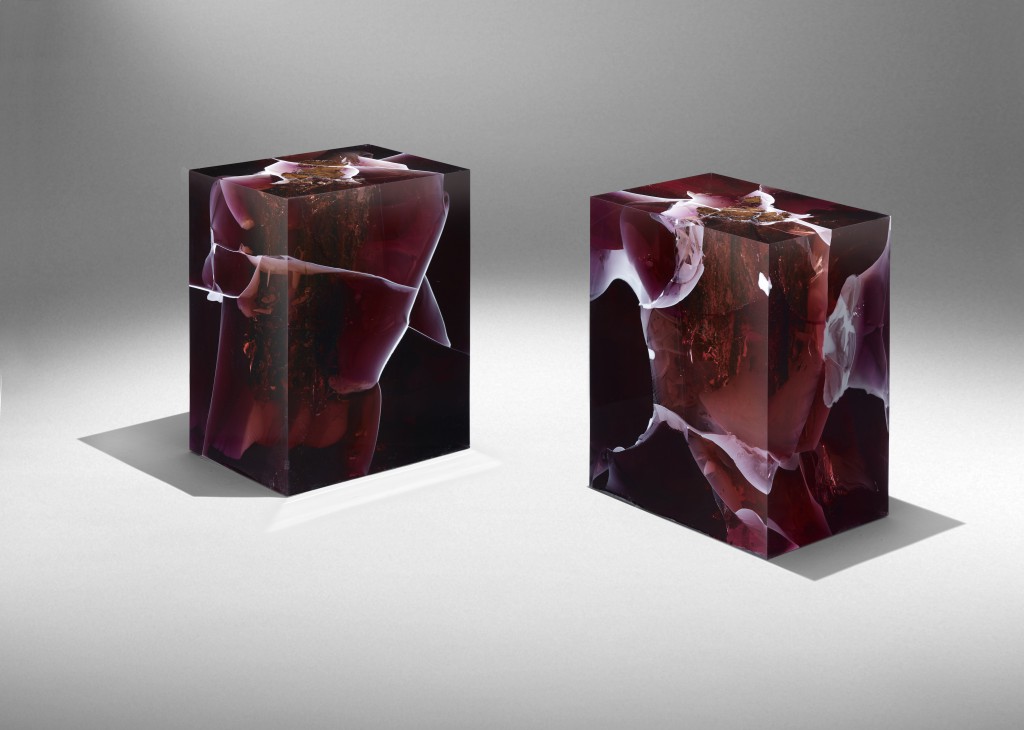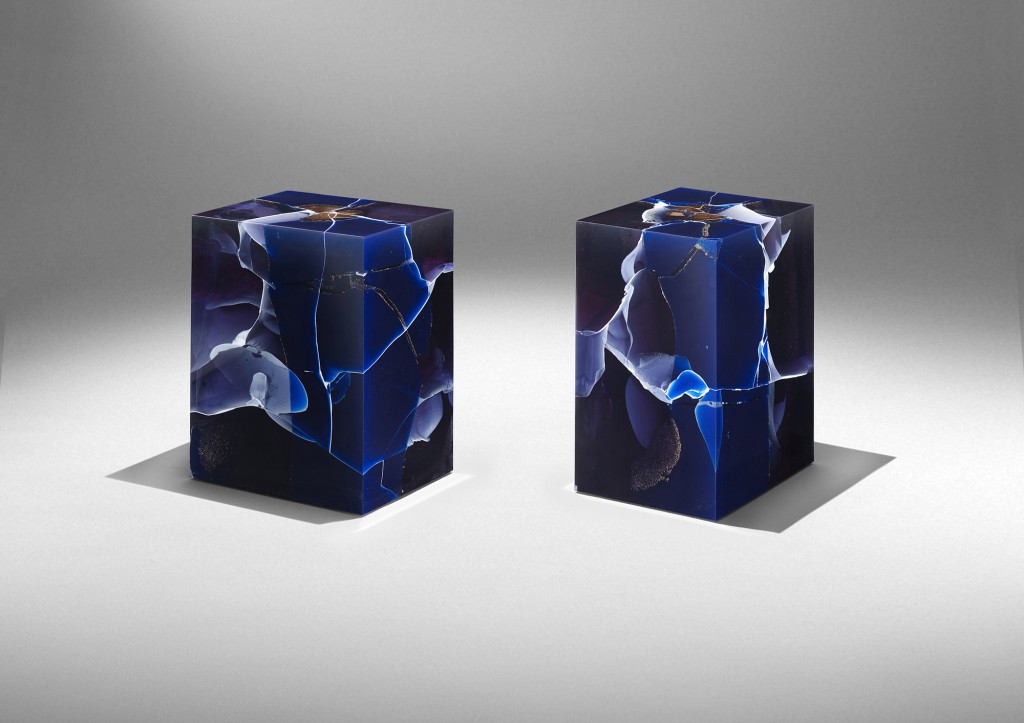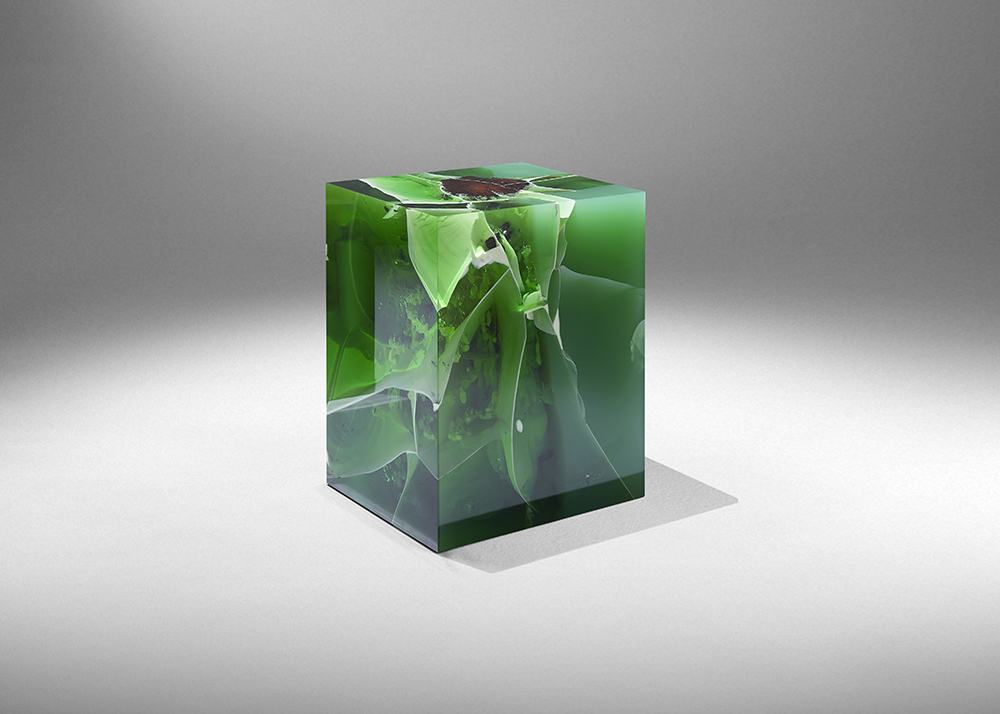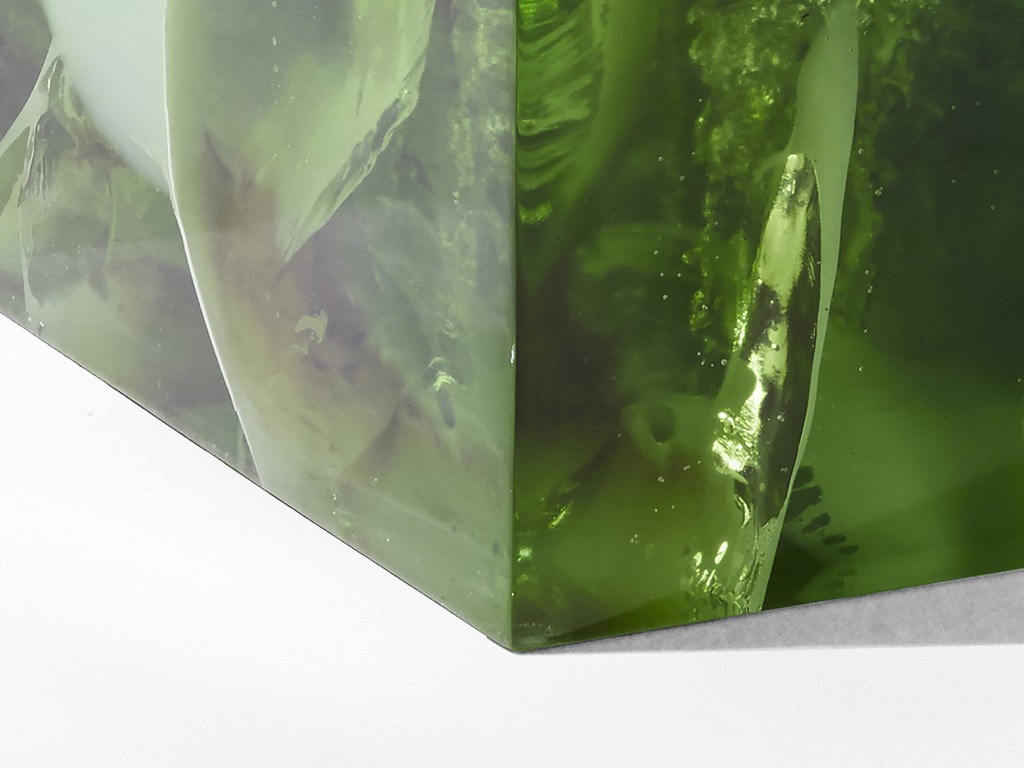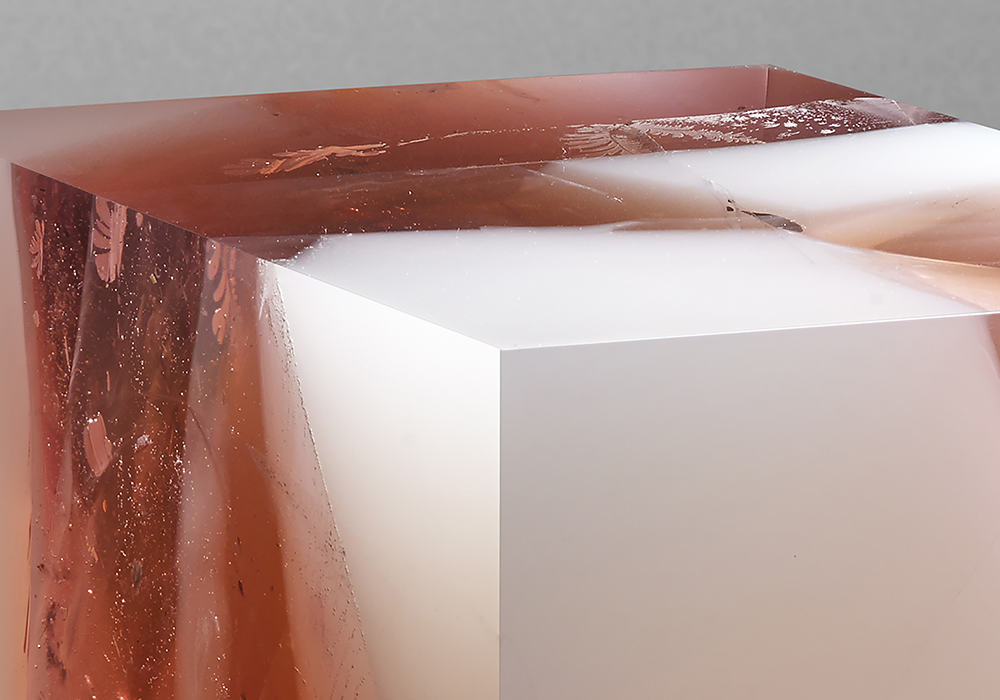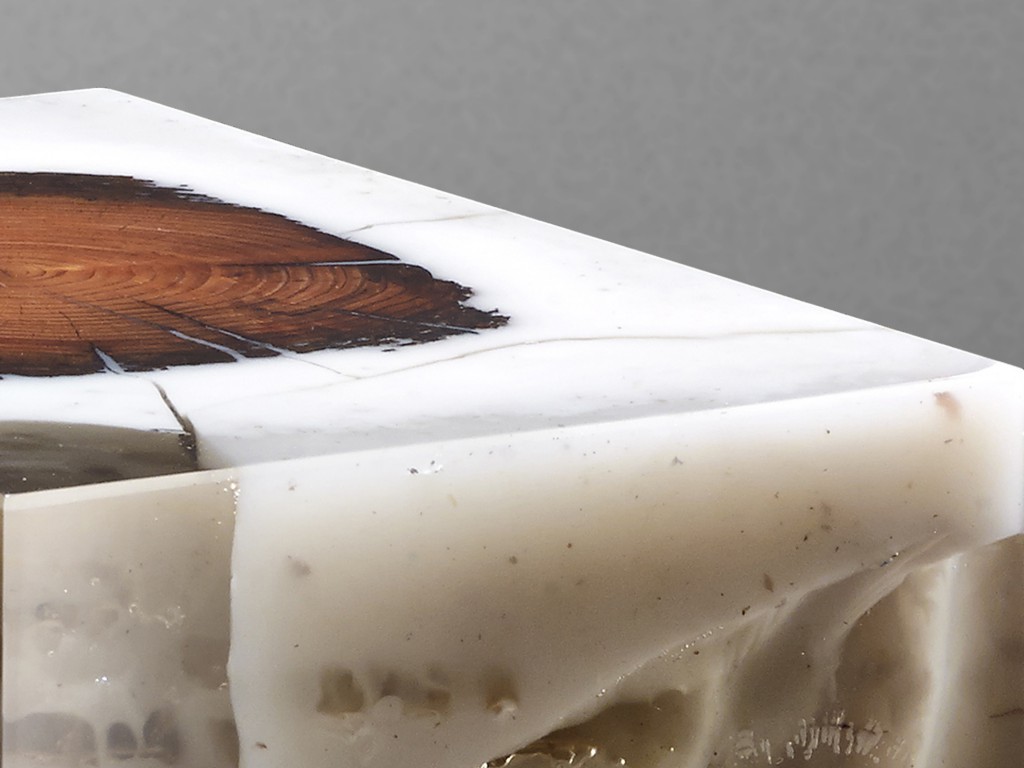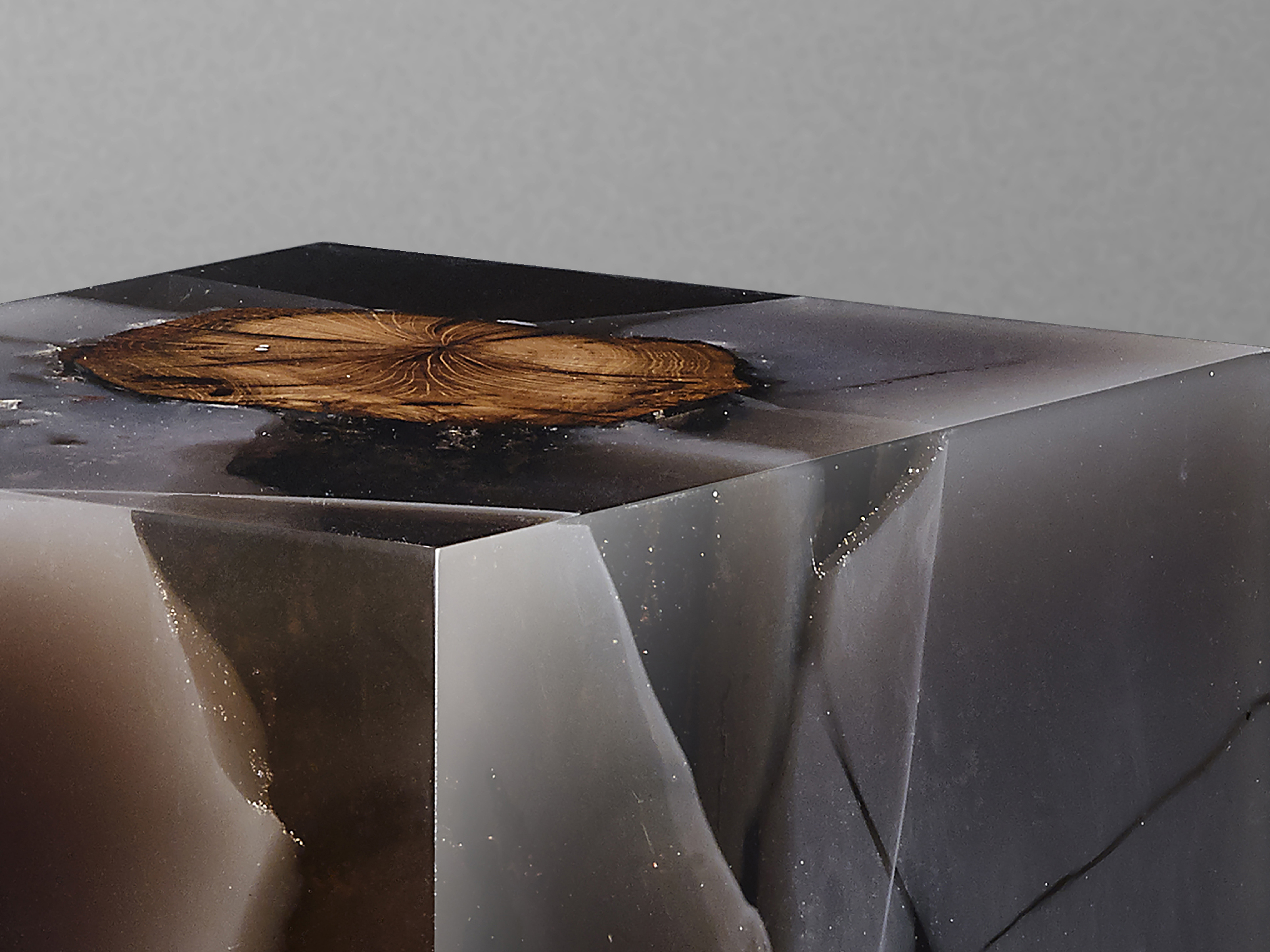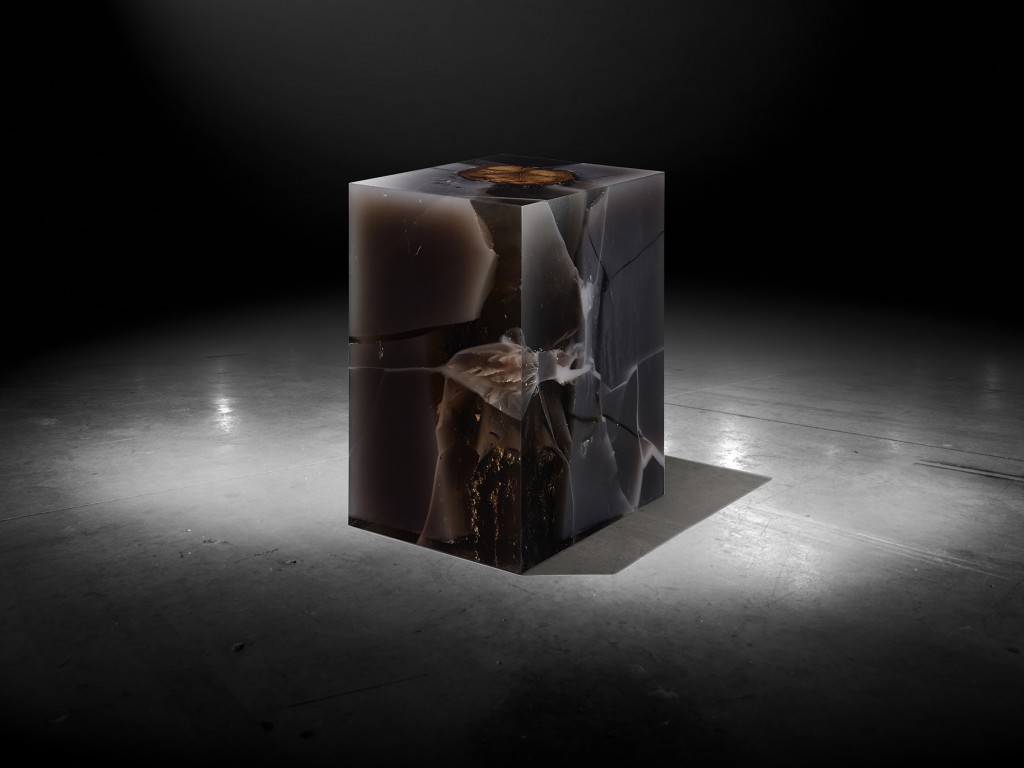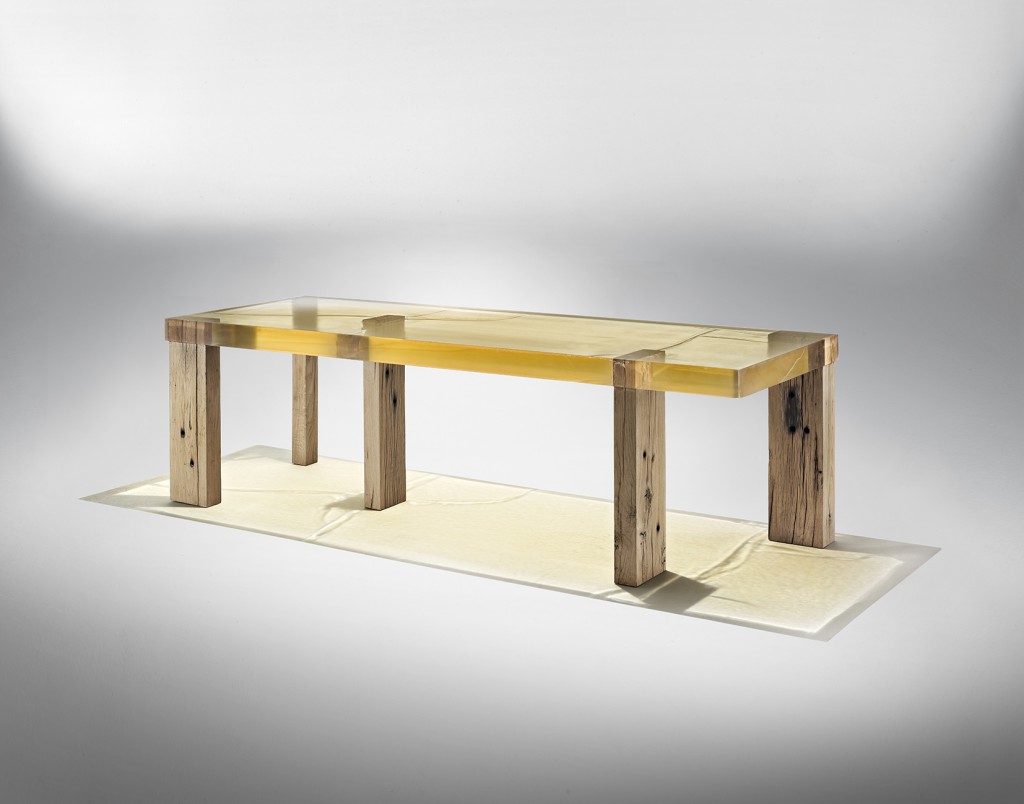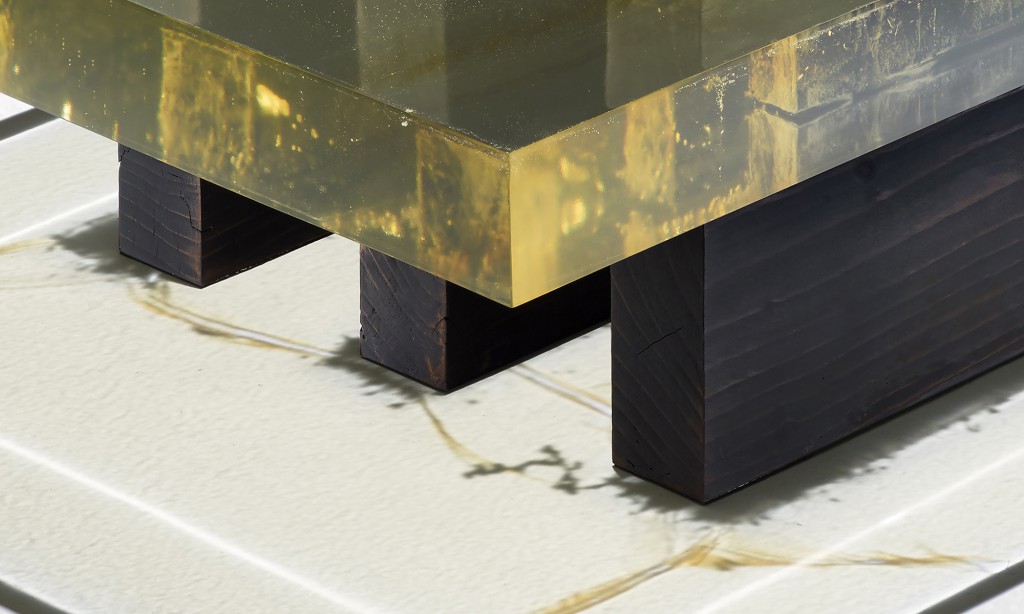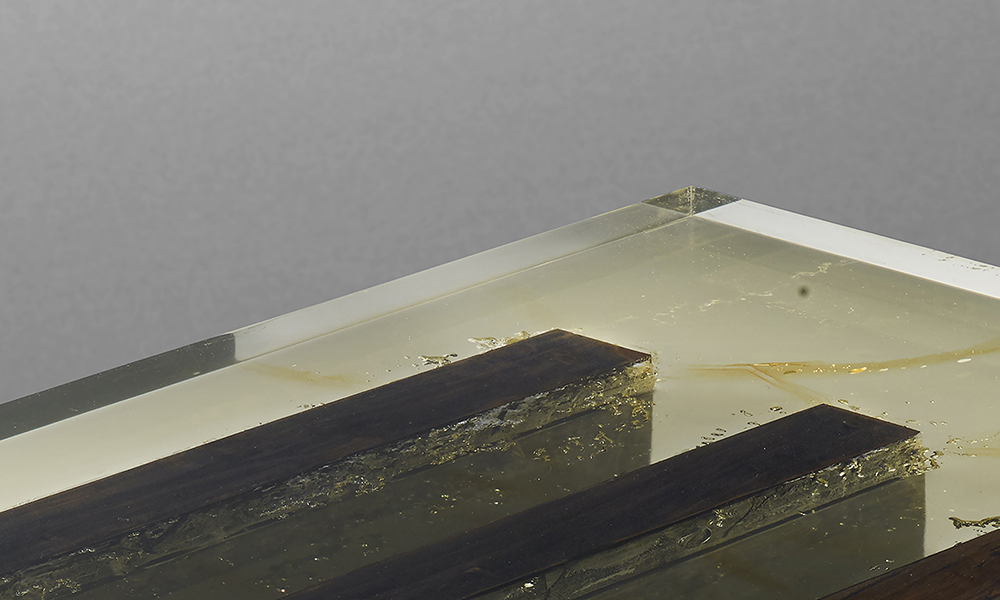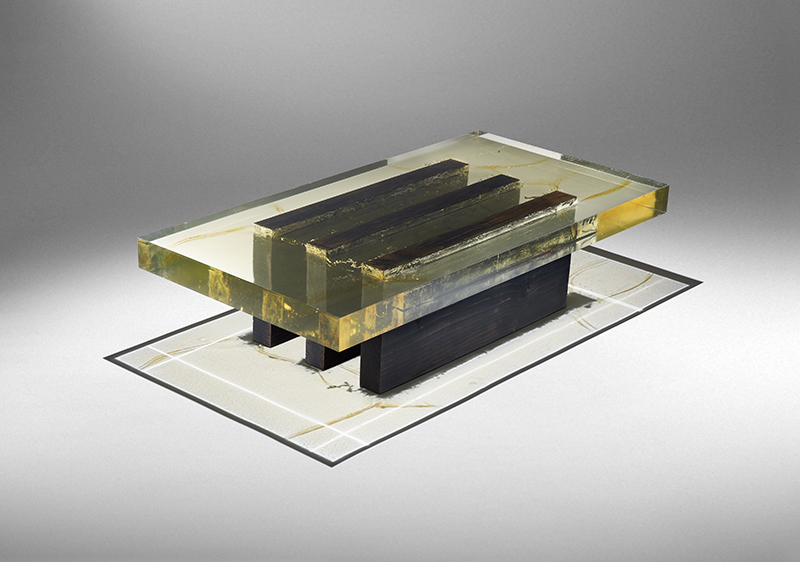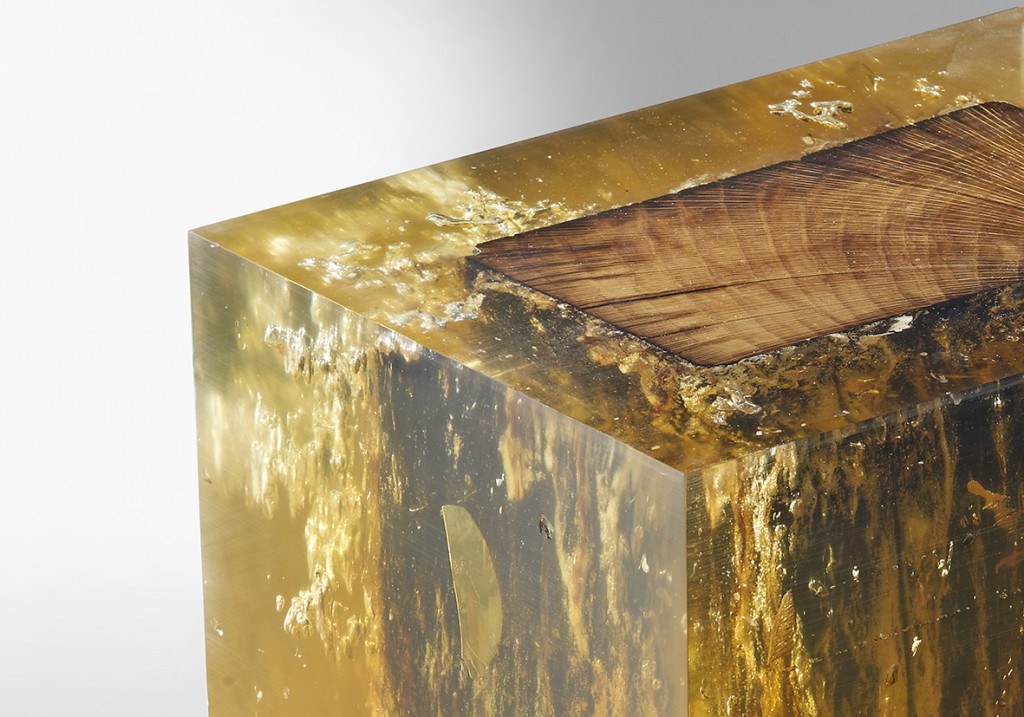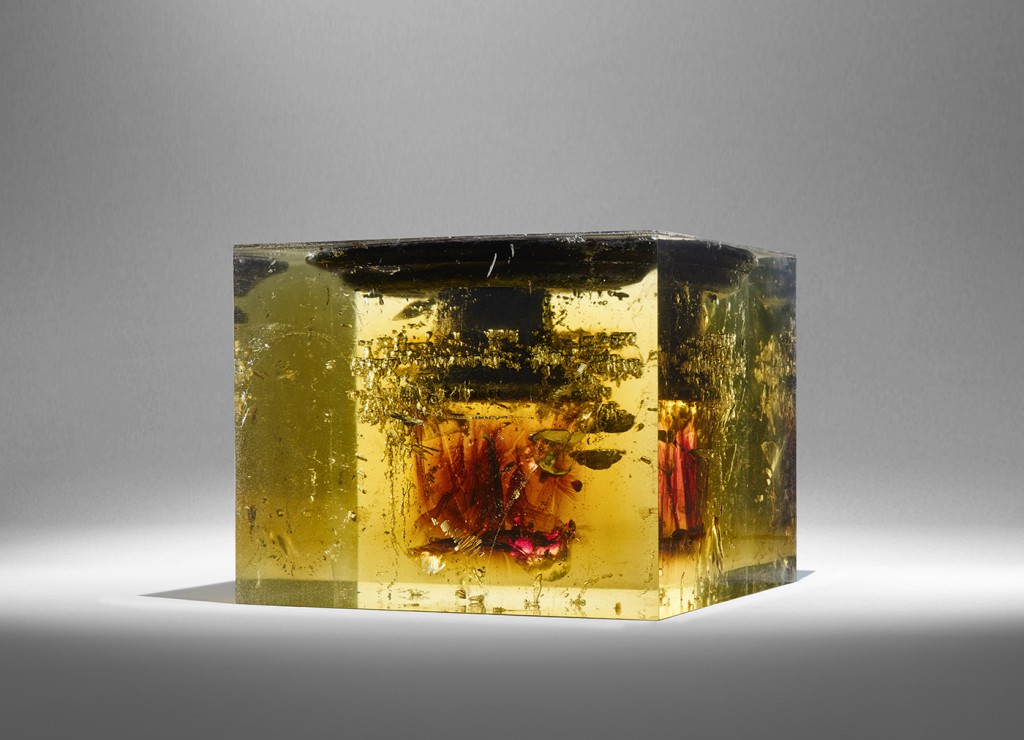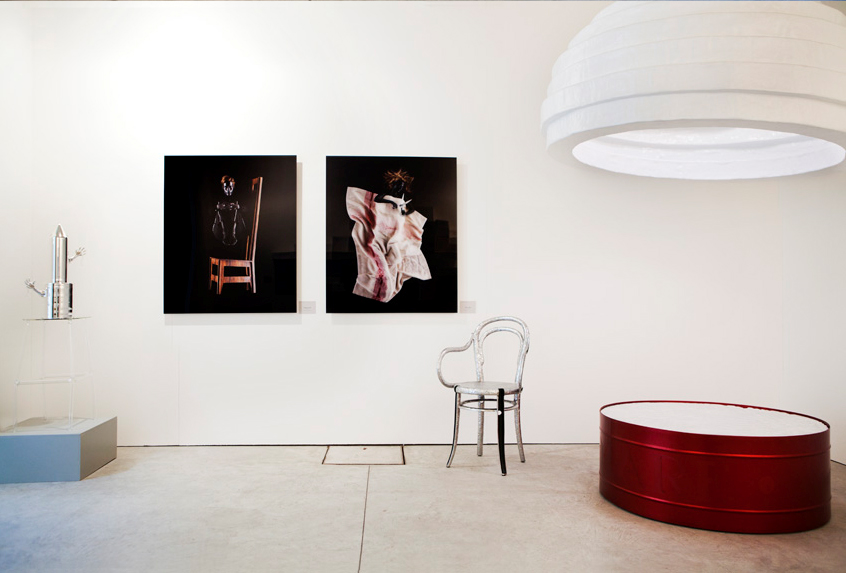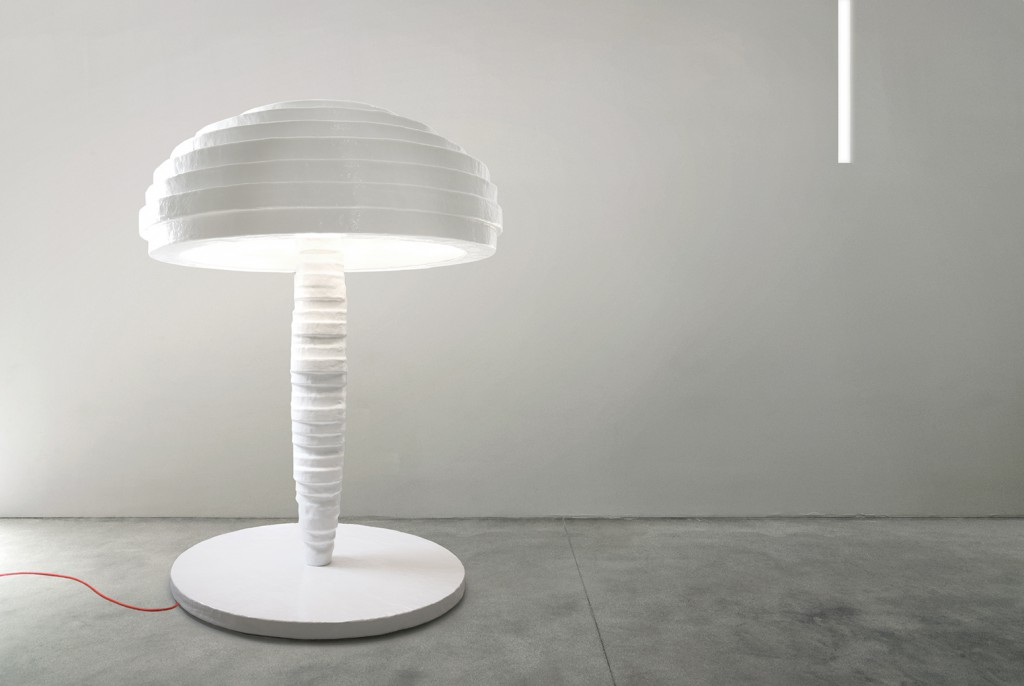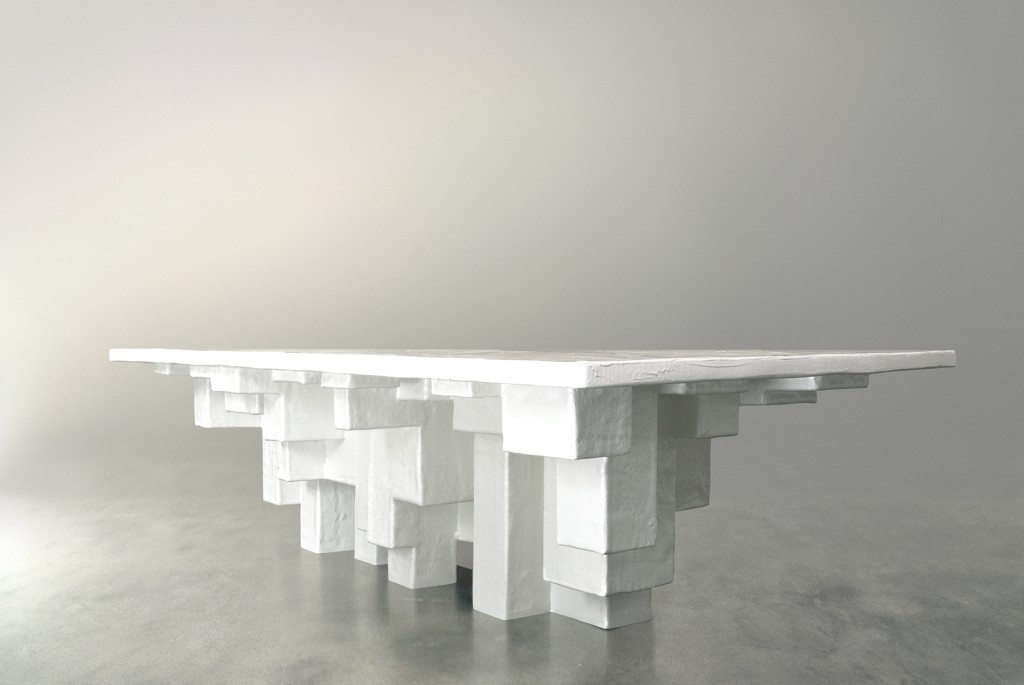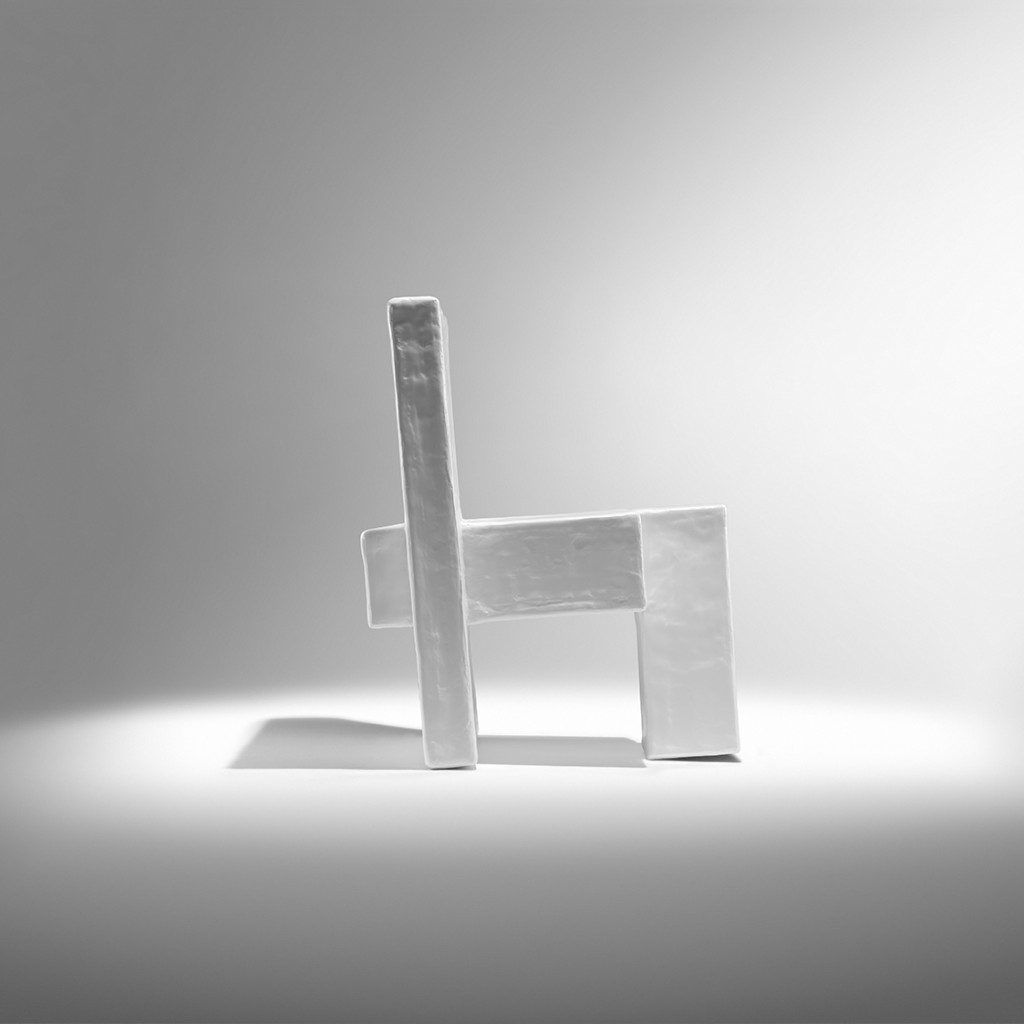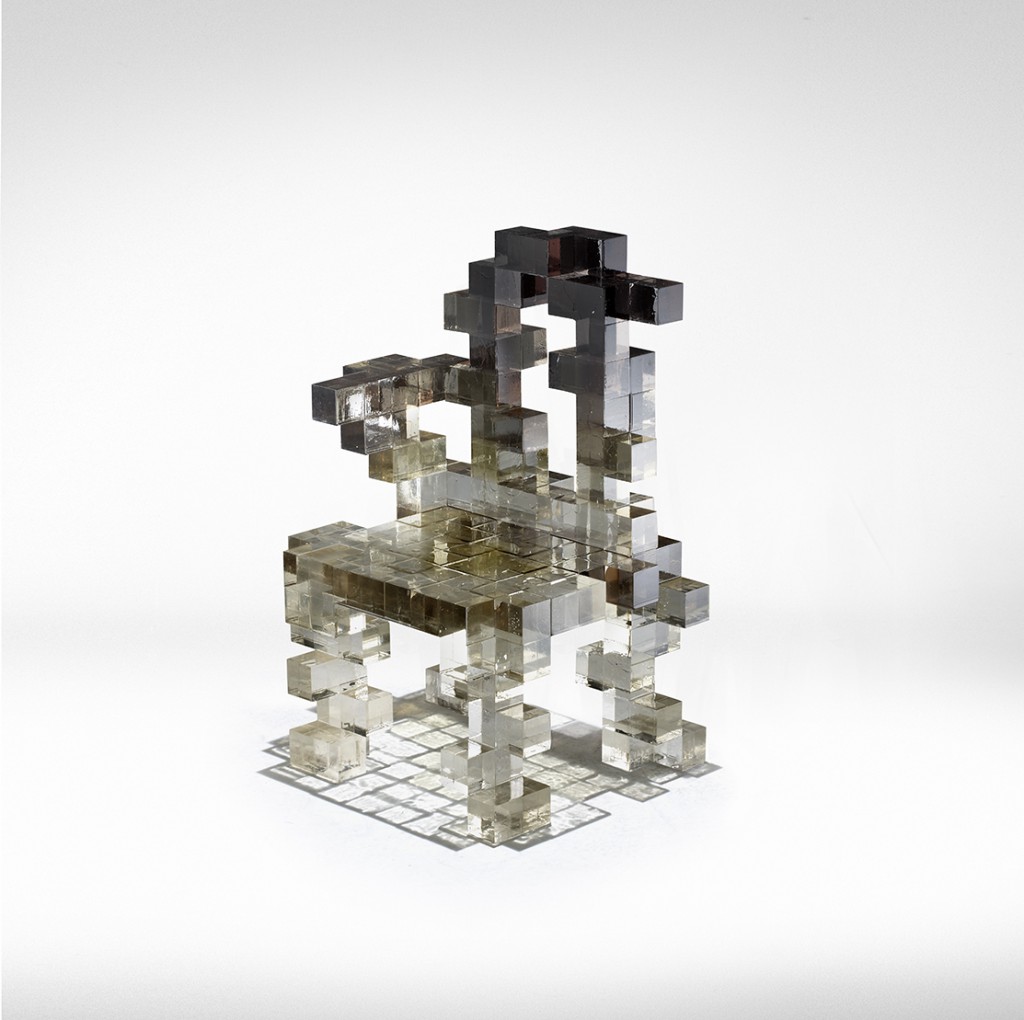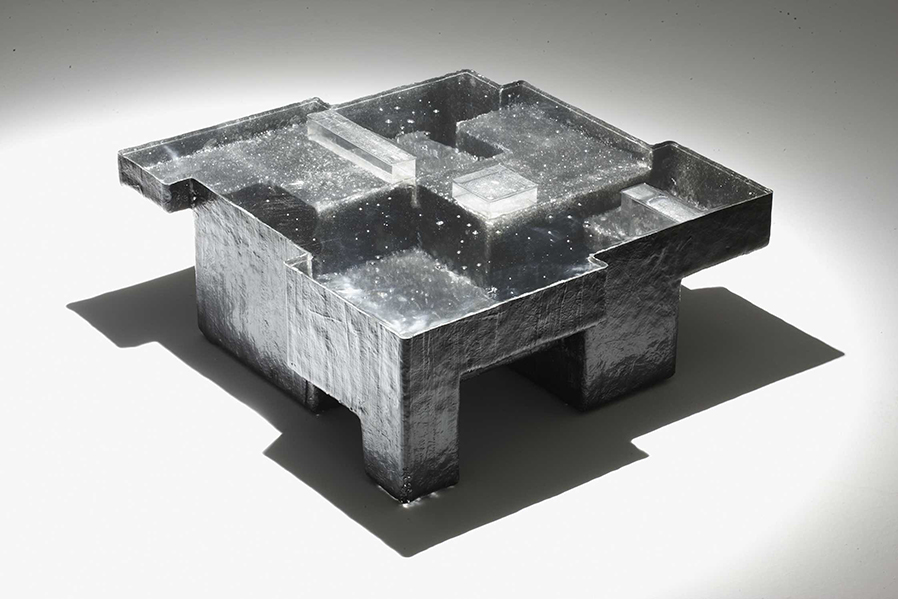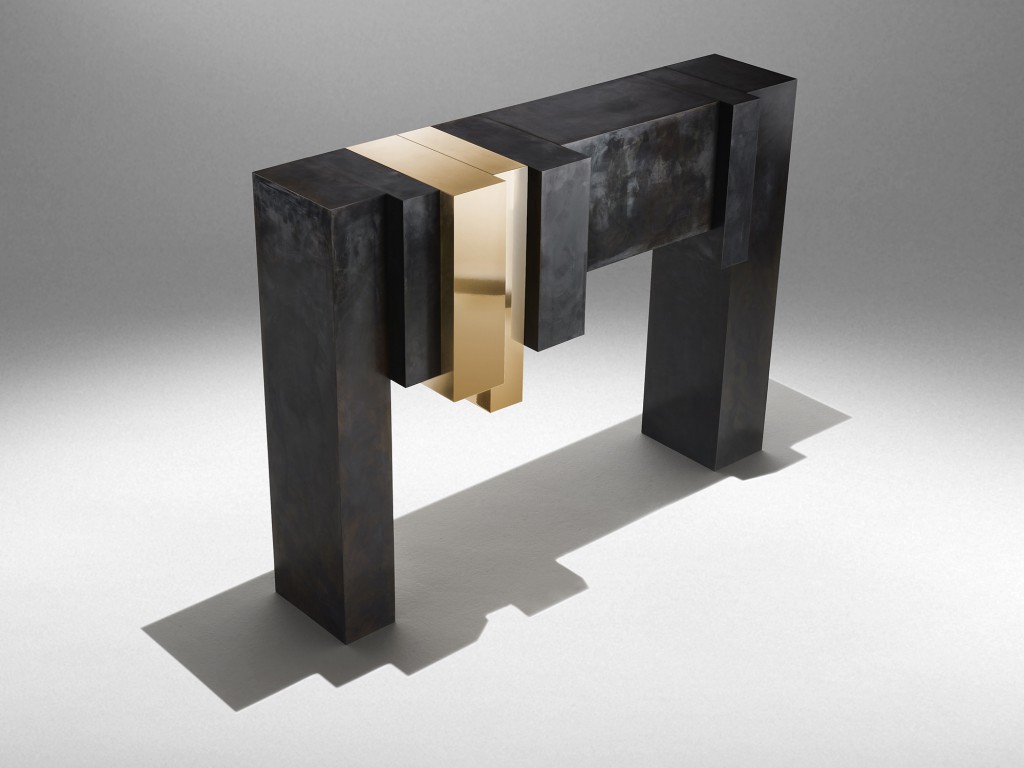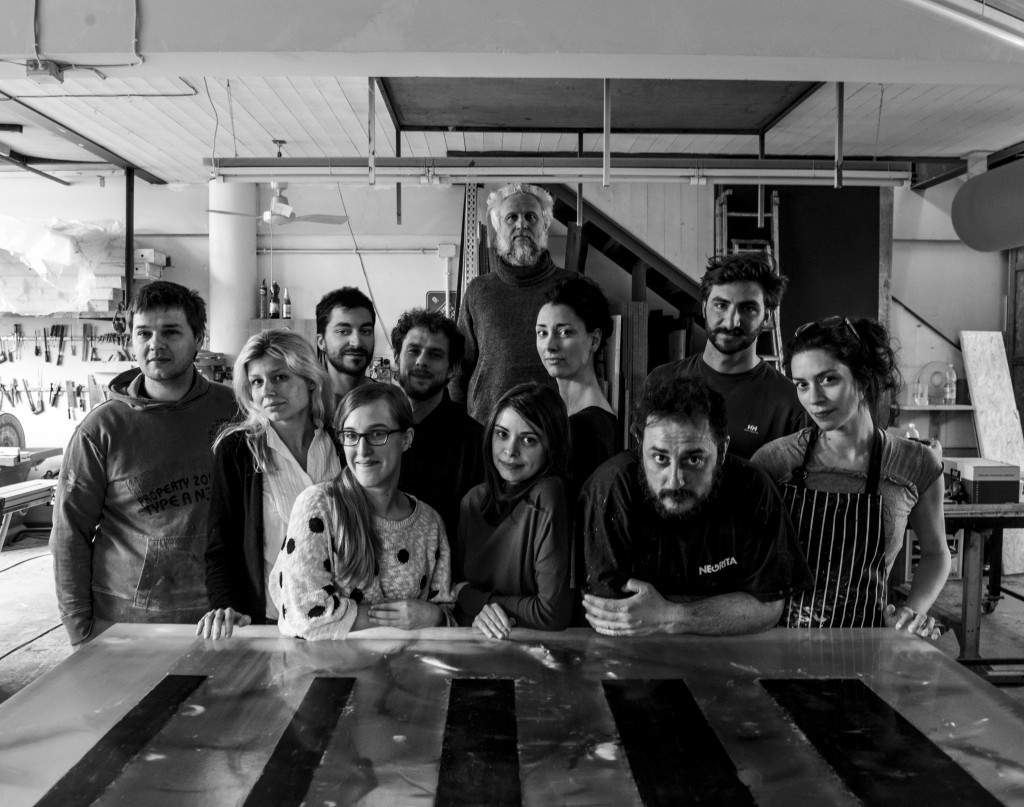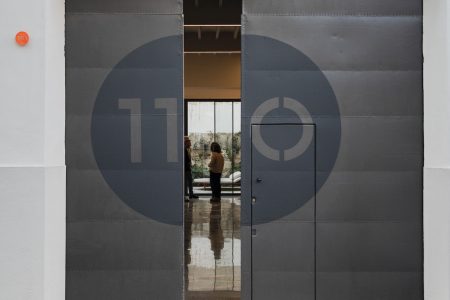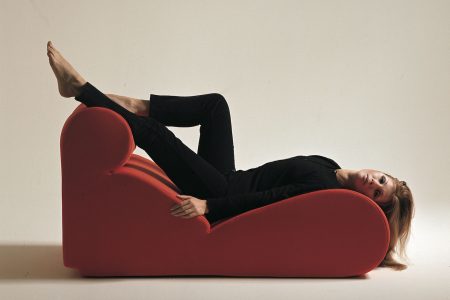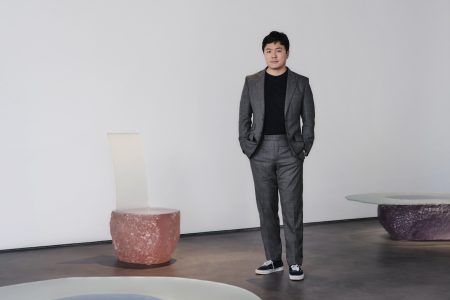Studio Nucleo
If you’ve been to any major design art fair in the past five years, you’ve most likely come across the metaphysical qualities of Studio Nucleo’s wildly nostalgic yet viscerally geometric forms. Following in a rich lineage of Postmodern radical Italian design, this ever-evolving Turin-based collective explores the interplay of technology, experimental craft, narrative and function. Echoing these pluralistic societal shifts, the practice was recently profiled in Jonathan Openshaw’s Postdigital Artisan book but finds itself in a category all its own; far more mindful and reflective than much of today’s speculative design. Driven by a clear ethos, Studio Nucleo – named for the fusion of different entities – employs the discipline as a form of future-proof mitigation. However, it positions itself on a trajectory leading back to Italian heavyweights Carlo Mollino and Gaetano Pesce (profiled in this issue). TLmag spoke to Studio Nucleo co-founder and unofficial director Piergiorgio Robino on the eve of six consecutive showcases, including the Milan Triennale xxi Design After Design: “Noosphere” exhibition.
TLmag: What were Studio Nucleo’s initial philosophical and practical goals?
Piergiorgio Robino: Driven by Andrea Branzi’s collective theory, Studio Nucleo was founded by a group of university schoolmates in 1997. The idea was to represent new complexities in industrial design with different specialists. Together we could solve any design problem. At the same time, we wanted more freedom to experiment and create freely. We began by working on our own research projects. In 2000, we collaborated on Terra: a flatpack cardboard seat that could easil be assembled and integrated within any garden. Soil and grass seeds covered the cardboard framework to enable growth. This first design was more than just a “lawn” chair, it was a counterpoint to industrial production; a seat developed with respect for its immediate surroundings. At the 2001 Salone del Mobile, we presented our most radical project, Nucleo Ice – using frozen water to express the temporality of objects catering to momentary desires. Though the original group disbanded in 2004, two of my interns – Stefania Fersini and Alice Occleppo – joined the practice. Nucleo rebooted with the aim of creating limited-edition pieces.
TLmag: When creating new works, what’s your modus operandi?
P.R.: Studio Nucleo’s Dieter Rams-inspired manifesto came out of the 2009 “Primitive” collection – our first foray into resin. I felt, that to create good work, we needed to follow a set of rules: artwork must be durable, original, functional, unique, handcrafted, material, indeterminate, experimental, relational and tell a story. Where I’m more into concept development, Occleppo focuses on model making. Marzia Ricci – who recently joined our team – experiments with materials. Overall there’s a strong collaborative spirit in our studio. We’re like a rock band, where everyone contributes to the recording of a new track. However, we never follow the same path. Some ideas arise from the workshop and other times, from a sketch. Today, many of our concepts are born out of consequence: emotion, material research, error or colour drops on the floor. Like my master, Jean Prouvé, I believe in doing things through personal experience to better understand process. Witnessing the steps of production, you learn a lot. It’s like travelling by plane versus by bike. Flying, you get to your destination quickly. Cycling, you can stop and breathe, develop muscles, and heighten your awareness. No two paths are the same and most of our discoveries and decisions are made in the atelier.
TLmag: Explain Studio Nucleo’s mission statement, which describes your designs as ‘time frames’ projecting a past for the future.
P.R.: Studio Nucleo has the capacity to combine knowledge, theory, practice and production (theoria, praxis and poiesis). As much as our work derives from hands-on experimentation, we take inspiration from human and natural evolution. Studio Nucleo acts as a kind of contemporary ministerial show. In our practice, we love to narrate epic stories throughout history. We put emphasis on important facts, symbols, signs, objects and materials that have altered human existence: metals, jade, etc. We draw references from within a 1000-year scope. With a similar focus, Studio Nucleo is collaborating with Gianluigi Ricuperati and the Domus Academy to publish the Souvenir of the Last Century book.
TLmag: The Italian Disegno tradition employed certain surface treatments to express the properties of other materials. How does a project like Stone Fossil come about?
P.R.: Less focused on an Italian tradition, Stone Fossil spawned from our workshop. While developing the earlier Wood Fossil project, we discovered interesting material reactions and decided to improve upon these happenstances. From an early age, I was fascinated by how natural resins could freeze ambers or insects in time. I realised that such a force demanded a big responsibility but also offered new opportunities. What we created will be left behind for people 1000 years from now. Our first test was with salvaged yet untainted wood in epoxy. The idea was to up-cycle memories of human ability into new physical forms. For Stone Fossil, we cut trucks from 200-year-old Italian oaks and submerged them in liquid polymer with added pigment. Much like in earlier experiments, the resin cracked, bubbled and ruptured, creating imperfections that are now synonymous with our studio. With these examples, it’s clear that our interests are less about copying other materials and are rather focused on creating new composites. We try to challenge nature by reorienting innate processes to create stone-like gems. Though they are concerned with nature, other projects like Stone have alluded to cultural references, including Italian Rationalism. However, the use of classic marble – Roman travertine, red Verona, green Piedmont and black Portoro – in such realisations corresponds to reused waste.
TLmag: What projects or applications would you like to conceive in the future?
P.R.: When we started, it was important to establish ourselves with a form of revolution against mass production. In 2008, we had to give up this tenet to focus on other aspects of practice. Today, technology is hidden in our process. Now and in the future, it will be crucial to tell stories, to be more artistic and polemic instead of just using our hands or random technology.
